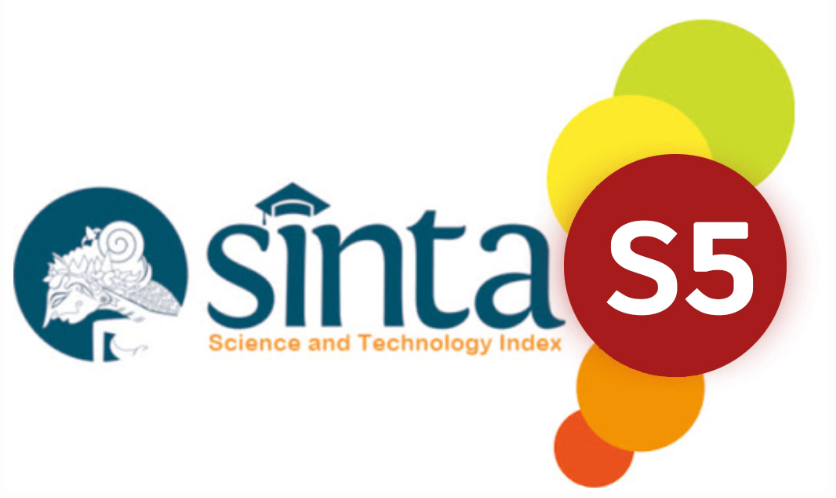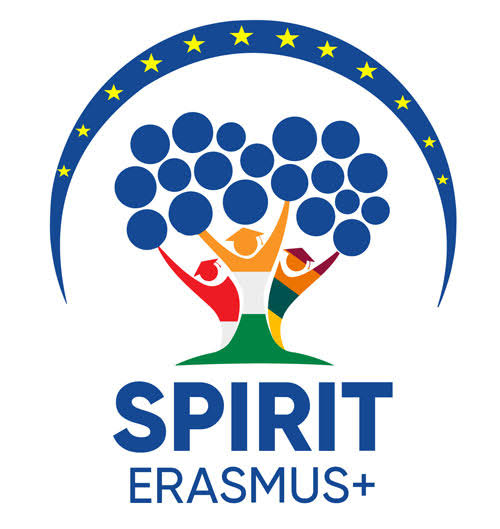Breast Cancer Patient Characeristics By Menarche In Adam Malik Hospital 2014-2017
DOI:
https://doi.org/10.32734/sumej.v3i2.3277Keywords:
Breast cancer, Characteristic, Histopathology, Immnohistochemistry, Menarche, Sociodemographic, StagingAbstract
Background. Breast cancer is one of the most diagnosed cancer in the world. Breast cancer starts when the breast cell grows abnormally and turns malignant. In Indonesia, breast cancer is the most diagnosed cancer in women. Up to now, the cause of breast cancer has not been identified yet. There are many factors that increase the risk of breast cancer, one of them is the early age of menarche. Objective. This study aims to obtain characteristics of breast cancer patients based on age of menarche in RSUP Haji Adam Malik in 2014-2017. Method. The study was designed in observational with descriptive method. The sampling had been done using total sampling technique. Results. Based on general characteristics, the majority of breast cancer patients are in the range of 40-49 years old (38,5%), graduated high school (45,2%), unemployed (66,3%), and do not have family history (94,2%). Majority of patients have stadium IIIB breast cancer (41,3%). The most diagnosed histopathology is Invasive Ductal Carcinoma (78,8%). Majority of breast cancer patients have negative estrogen receptor (67,3%), negative progesterone receptor (67,3%), negative her2 (66,3%) and positive ki-67 (67,3%). Fifty three breast cancer patients (51%) have early menarche. Based on the age of menarche, the patient with early menarche mostly has stage three breast cancer, but the age of menarche does not give a specific characteristic in histopathology and immunohistochemistry. Conclusion. Age of menarche gives specific characteristic in staging but not in histopathology and immunohistochemistry.
Downloads
References
World Cancer Research Fund (WCRF). 2018, Worldwide cancer data, accessed 5 April 2019 Available at: https://www.wcrf.org/dietandcancer/cancer-trends/worldwide-cancer-data
World Health Organization (WHO), Breast Cancer, Accessed 5 April 2019 Available at: https://www.who.int/cancer/prevention/diagnosis-screening/breast-cancer/en/
International Agency for Research on Cancer (IARC). 2018, Breast Cancer Awareness Month 2018, accessed 5 April 2019 Available at: https://www.iarc.fr/news-events/breast-cancer-awareness-month-2018/
Badan Litbangkes Kementerian Kesehatan RI. 2018, Hasil Utama RISKESDAS 2018
American Cancer Society (ACS). 2019, Cancer Facts and Figures 2019. American Cancer Society, Atlanta
Yayasan Kanker Indonesia. 2011, Faktor Risiko, Accessed 5 April 2019, Available at: http://yayasankankerindonesia.org/faktor-risiko
Ozsoy. A., Barca. N., Dolek A.B.,Aktas. H., Elverici. E. 2017. The relationship between breast cancer and risk factors: a single-center study, Eur J Health, vol.13, no.3, pp. 145-149
Global Cancer Observatory. 2018, New Global Cancer Data: GLOBOCAN 2018, accessed 5 April 2019. Available at: https://www.uicc.org/news/new-global-cancer-data-globocan-2018
American Cancer Society (ACS). 2019, About Breast Cancer in Men: Key Statistics for Breast Cancer in Men, Atlanta. Available at: https://www.cancer.org/cancer/breast-cancer-in-men/about/key-statistics.html
Rondonuwu A.I., Haroen H., Wantania F., 2016 ‘Profil Kanker Payudara RSUP Prof. dr. R. D. Kandou Manado Tahun 2013-2014’, Jurnal E-Clinic, vol.4 no.1 Available at: https://doi.org/10.35790/elc.1.2016.10972
BreastCancer.Org.‘Risk of Developing Breast Cancer’ [Online], accessed 6 November 2019. Available at : https://www.breastcancer.org/symptoms/types/male_bc
Sharif-Marco S., Yang J., John E. M., Sangaramoorthy M., Hertz A.,Koo J., Nelson D. O., Schupp C. W., Shema S. J., Cockburn M., Satariano W. A., Yen I. H., Ponce A., Winkleby M., Keegan T., Gomez S. L. 2014, ‘Impact of neighborhood and individual socioeconomic status on survival after breast cancer varies by races/ethnicity: the neighborhood and breast cancer’ Cancer Epidemiology Biomarkers Prev, vol. 23 no. 5,pp.793-811.
Dewi G.A.T., Hendrati, L. Y. 2015, ‘Analisis risiko kanker payudara berdasar riwayat pemakaian kontrasepsi hormonal dan usia menarche’, Jurnal Berkala Epidemiologi, vol. 3, no. 2, pp. 12–23.
Qoyyimah U.A., Yuliyani T., 2016, ‘Hubungan Usia Menarche Dengan Kejadian Kanker Payudara di RDUD Dr. Moewardi Surakara Tahun 2015’, Jurnal Kebidana, vol.8 Available at: https://doi.org/10.35872/jurkeb.v8i01.200
Aini N.I., Amelia R., Anisa N.F., Banjarmasin M.S., 2016, Hubungan Antara Menstruasi Dini dan Sosial Ekonomi dengan Kejadian Kanker Payudara di Ruang Edelwis RSUD Ulin Banjarmasin [Online], accessed 5 November 2019 Available at : http://docplayer.info/62129611-Hubungan-antara-menstruasi-dini-dan-sosial-ekonomi-dengan-kejadian-kanker-payudara-di-ruang-edelwis-rsud-ulin-banjarmasin.html
Collaborative Group on Hormonal Factors in Breast Cancer, 2012, ‘Menarche, menopause, and breast cancer risk: individual participant meta-analysis, including 118 964 women with breast cancer from 117 epidemiological studies’Lancet Oncology, vol. 13 no.11 pp,1141-1151 [Online], accessed 5 November 2019 Available at: https://doi.org/10.1016/S1470-2045(12)70425-4
Chen M.T., He-Fen Sun, Zhao Y., Wen-Yan Fu, Li-Peng Yang, Shui-Ping Gao, Liang-Dong Li, Hong-Iin Jiang, Jin W. 2017, ‘Comparison of patterns and prognosis among distant metastasic breast cancer patients by age groups: a SEER population-based analysis’, Nature, [Online], accessed 5 November 2019, Available at: www.nature.com/scientificreports
Ambrosone C.B., Zirpoli G., Hong G.C., Yao S., Troester M.A., Bandera E.V., Schedin P., Bethea T. N., Borges V., Park S.Y., Chandra D., Rosenberg L., Kolonel L.N., Olshan A.F., Palmer J.R., 2015, Important Roleof Menarche in Development of Estrogen Receptor-Negative Breast Cancer in African American Women. J National Cancer Instiute, vol.107 no.9, pg. 172 Available at : https://doi.org/10.1093/jnci/djv172
Downloads
Published
How to Cite
Issue
Section
License
Copyright (c) 2020 Sumatera Medical Journal

This work is licensed under a Creative Commons Attribution-NonCommercial-NoDerivatives 4.0 International License.
The Authors submitting a manuscript do so on the understanding that if accepted for publication, copyright of the article shall be assigned to Sumatera Medical Journal (SUMEJ) and Faculty of Medicine as well as TALENTA Publisher Universitas Sumatera Utara as publisher of the journal.
Copyright encompasses exclusive rights to reproduce and deliver the article in all form and media. The reproduction of any part of this journal, its storage in databases and its transmission by any form or media, will be allowed only with a written permission from Sumatera Medical Journal (SUMEJ).
The Copyright Transfer Form can be downloaded here.
The copyright form should be signed originally and sent to the Editorial Office in the form of original mail or scanned document.











